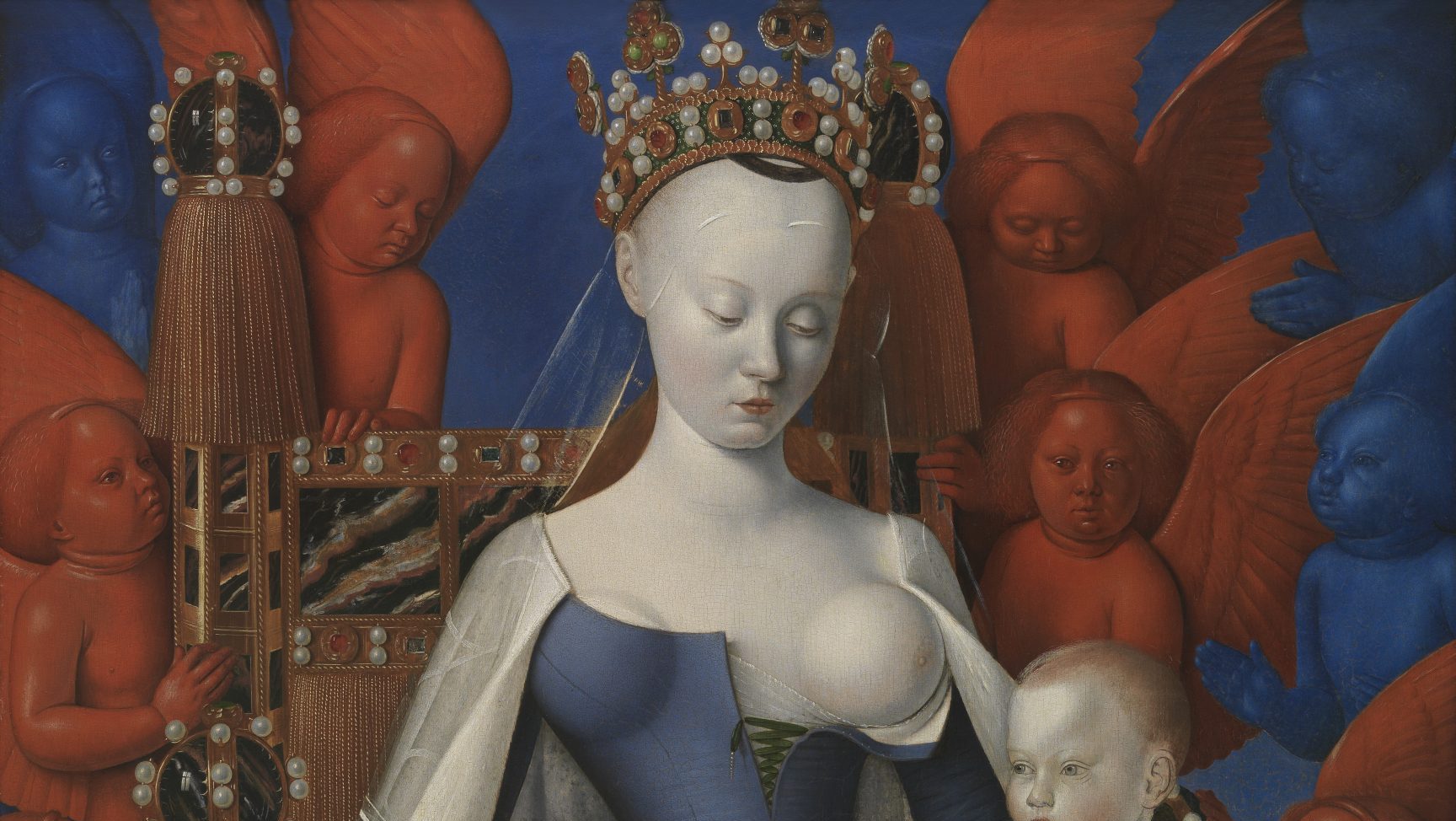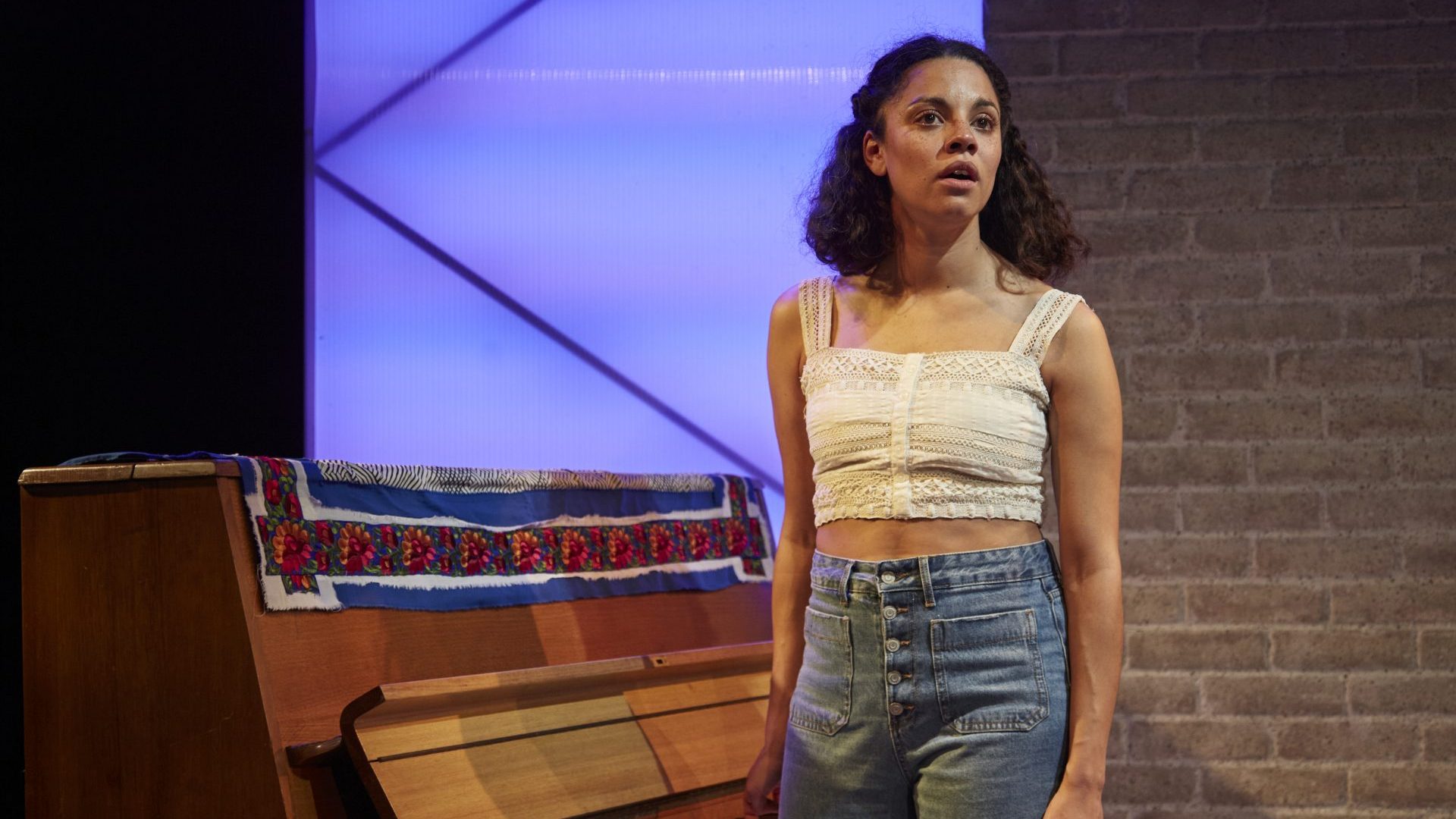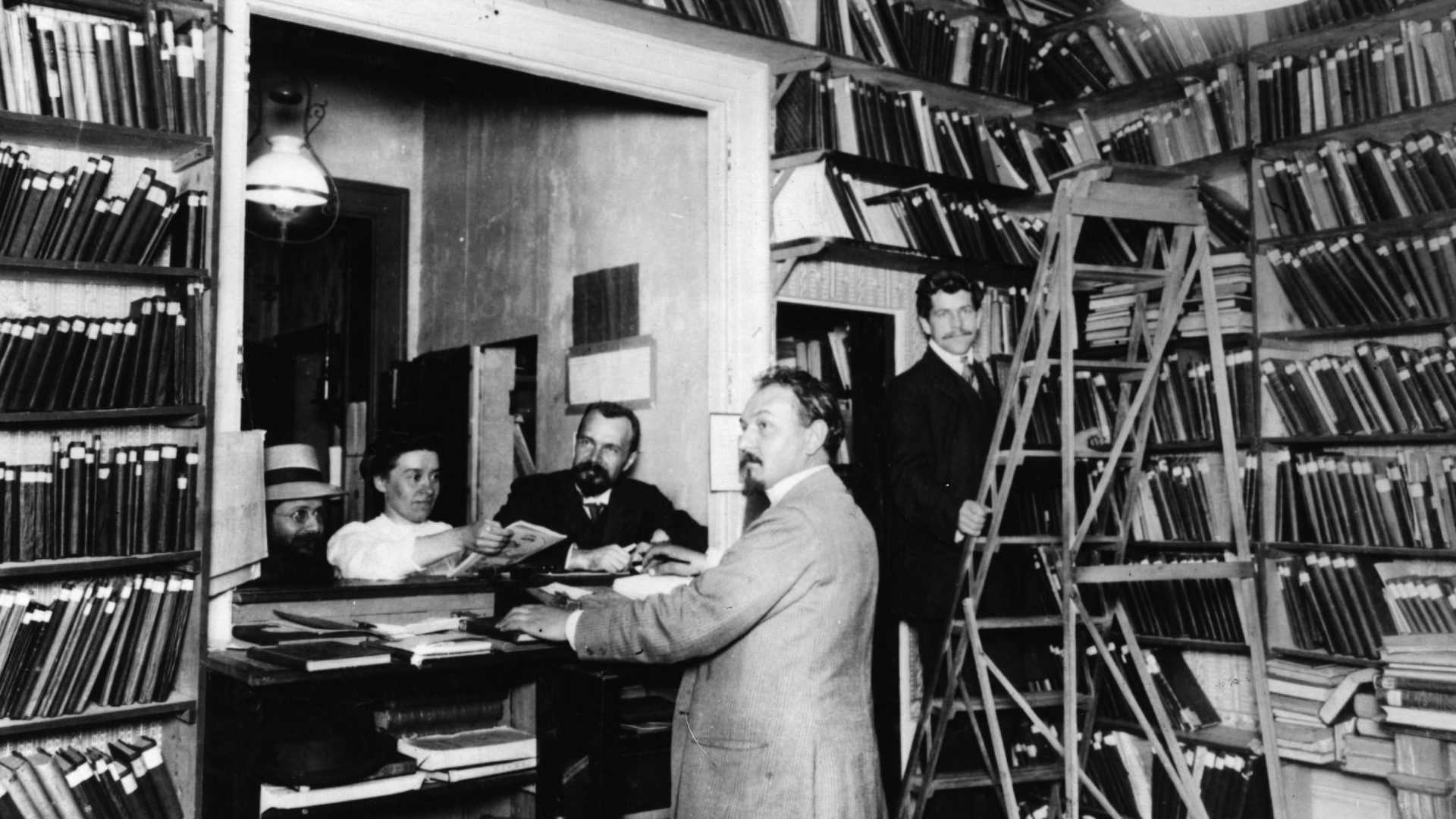In the 19th century, fashionable society in Antwerp would crowd into a summer salon to see the latest artworks. Paintings for sale were hung floor to ceiling, and weeks of bargaining would ensue between artist and prospective buyer until a mutually agreeable price was reached. Subjects were relatively safe: country folk on their verdant land, glamorous women, sensation, such as Cleopatra testing out poisons on prisoners, kittens…
A typical wandelzaal, a gallery for wandering and viewing, is recreated at the city’s Royal Museum of Fine Arts, newly reopened after a renovation lasting fully 11 years. Custodians of some of the greatest early Flemish masterpieces, the museum, known as the KMSKA (pronounced “Kamska”), is nevertheless at pains not to be locked into its past. Innovations such as the tongue-in-cheek wandelzaal, a video installation magnifying and repeating details of great works, and engaging activities for children, are designed to appeal to a 21st-century audience and to keep local people coming back for more.
Ten 3D interpretations of details from key pictures are designed to keep junior visitors engaged. No visitor, regardless of age, will be able to resist the most prominent of these, a tangle of camels, inspired by exotic creatures in Adoration of the Magi (1624) by Peter Paul Rubens, who lived, worked and died in Antwerp in 1640 at the age of 62. When 26 of the many paintings purloined from Antwerp by Napoleon in 1794 were triumphantly carted back from Paris in 1815, the majority were by Rubens.
Storing the artist’s gigantic works was among the tasks faced by curators overseeing the lengthy renovation. To this day it is a mystery how the pieces got into the building in the first place, since no doorway is wide enough to admit them.
These great altarpieces could not leave their elegant home in Antwerp’s arty Het Zuid district. And so an old cold war-era nuclear vault and underground bunker, built as a precaution by a people accustomed to being at the geographical heart of conflict, were decommissioned. Stripping out 1,350 tons of concrete and 81 tons of steel was not the only upheaval. Dismantling old internal structures brought to light asbestos, with all the requirement of specialist removal such unhappy discoveries entail. This was only one aspect of an undertaking of massive scale.
The restoration and expansion of the KMSKA has cost €100m (£86m), and increased display space by 40% to 21,000 square metres. The collection holds 8,400 pieces, of which only a few hundred are on display at any time. Access comes at a price: admission costs €20 (£17.20), with concessions for local residents. And innovation comes with teething problems: the white mirror floor of a new wing, for example, is being challenged by the black streaks of visitors’ rubber soles.
Thanks to substantial bequests over the decades, at the heart of the collection are works by Rogier van der Weyden, Quentin Matsys and Hans Memling. But it is a detail from Virgin and Child with Angels, half of the Melun Diptych of 1451 by French artist Jean Fouquet, rather than work by a Flemish artist, that has been chosen as the KMSKA’s icon, the perfectly spherical breast that nourishes the baby a symbol of the world. The Madonna, with flame-red angels in attendance, dates from exactly the time when the painters of Antwerp set up their own guild. Breaking away from other crafts, they met in the highly decorated Painters’ Room, in which lay the seeds of today’s KMSKA.
Generations later, the city’s artists became the teachers at a new academy of fine arts. Founded in 1663 and modelled on the great teaching institutions in Rome and Paris, it became custodian of the city’s growing art collection.
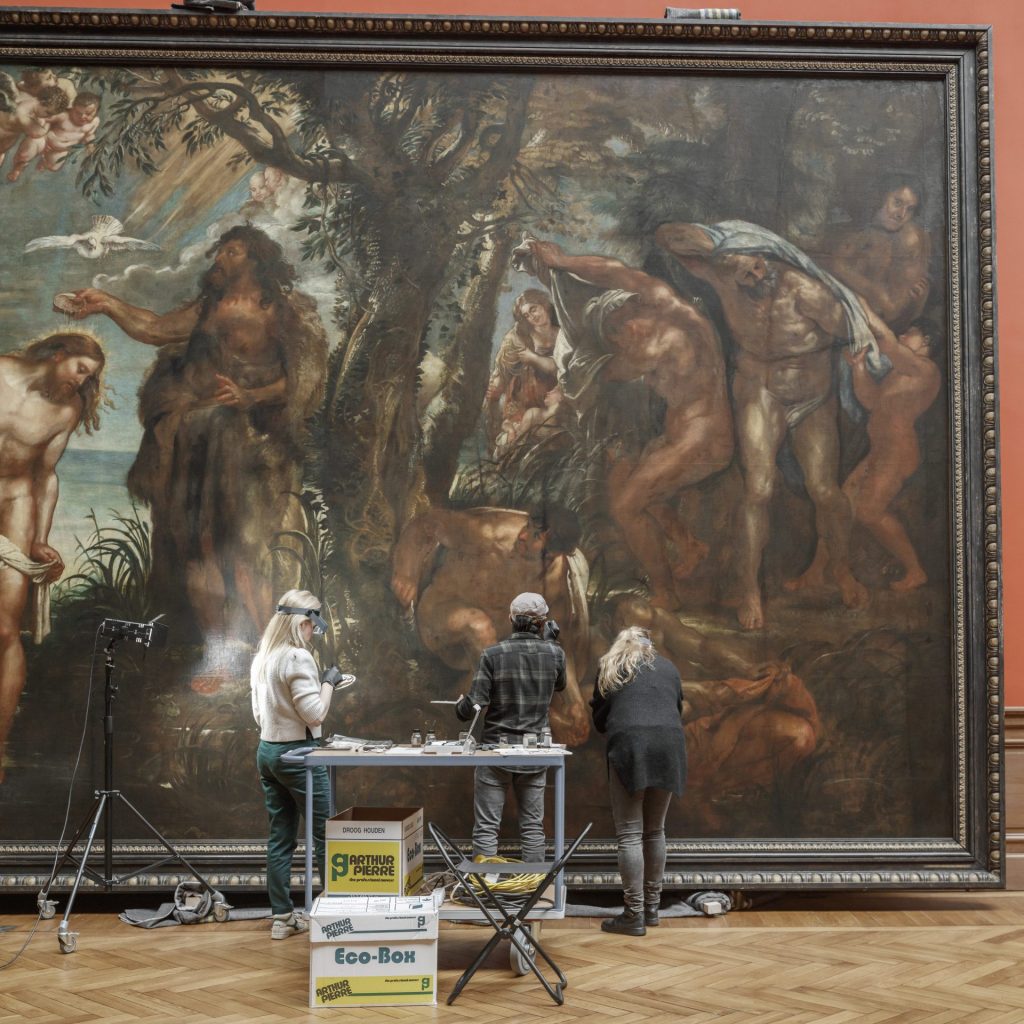
Napoleon, while taking away artworks with one hand, also founded Antwerp’s first dedicated art museum, which opened only after his death. When it outgrew the former monastery that housed it, the templelike building that visitors see today was commissioned, just off the city centre. Today, that upgraded museum, first opened in 1890, aims to rival the Rijksmuseum in Amsterdam and the Prado in Madrid.
While the Rubens altarpieces sheltered from the renovations below ground, other works were loaned to galleries all over the world rather than being left to languish unseen for more than a decade, and were viewed by 11 million visitors to these sister institutions. Others underwent conservation and sometimes reframing, too, with the result that more than 130 works on display are appealingly fresh. None have undergone so spectacular a restoration, though, as the three surviving panels by Hans Memling of a polyptych in which saints and apostles, now lost, once bore witness alongside the rescued figure of Christ flanked by two ensembles of angel musicians, who both play and sing.
Originally commissioned by the Benedictine monastery of Santa María la Real in Nájera, Spain, and surely the largest ever undertaking by the Flemish master, the then many – possibly as many as nine or 12 – religious scenes were separated and hung in separate rooms, according to an 18th-century visitor to the order. Bought and sold on in the 1880s, they were acquired by Antwerp, which pipped Brussels to the post. But in purchasing the heartwarmingly beautiful panels, the museum also acquired thick layers of insoluble salts, which could only be painstakingly picked away, virtually crystal by crystal. That process, and other cleaning and retouching, took three conservators 16 years. Although low-volume early choral music gives a final wash of sound to the miraculously reenergised scenes, it would be captivating to hear music played on the archaic instruments, which include a psaltery, a tromba marina and a looped trumpet.
Conservation and restoration work of this type can be watched through a glass wall into the experts’ studio. Currently under the microscope is Lamentation of Christ by Quentin Matsys. Even when the meticulous making good is over, research into the piece will continue, notably into the origins of its blue pigments. This masterpiece, commissioned for the city’s carpenters’ guild, is one of several originally painted for a guild chapel in Antwerp Cathedral, where 57 such altarpieces once stood. After fire and iconoclasm, only 30 such were retained, but the cathedral is being loaned some works by the KMSKA to replace others lost or removed.
When the work goes back on display, it will join those chosen from thousands and hung not chronologically but thematically, in the case of both the historic collection and later work. The KMSKA has used the long period of closure to think about ways of making works speak to a modern visitor, and has taken as the pivotal moment between traditional and modern the year 1880. The KMSKA has the largest collection of work by the Belgian-born painter James Ensor (1860-1949). His work represents the watershed between movements with, at first, largely conventional and figurative subjects such as a still life with oysters or, indeed, the now restored The Oyster Eater (1882), through a period of grotesquery, and on to liberation in abstraction.
To further illustrate this transition in art throughout Europe, the KMSKA is displaying its Modern Masters in 10 new galleries built in what were once open spaces, rooms that are high and irregular in design, uniformly white, and under natural light, albeit sifted through diagonal shafts to protect artworks. In these areas, which account for much of the KMSKA’s additional display space, works are hung to illustrate three strands: light, form and colour. While the purist might argue that a successful artwork will contain elements of all three, viewed through this prism works that are not related in time start new dialogues.
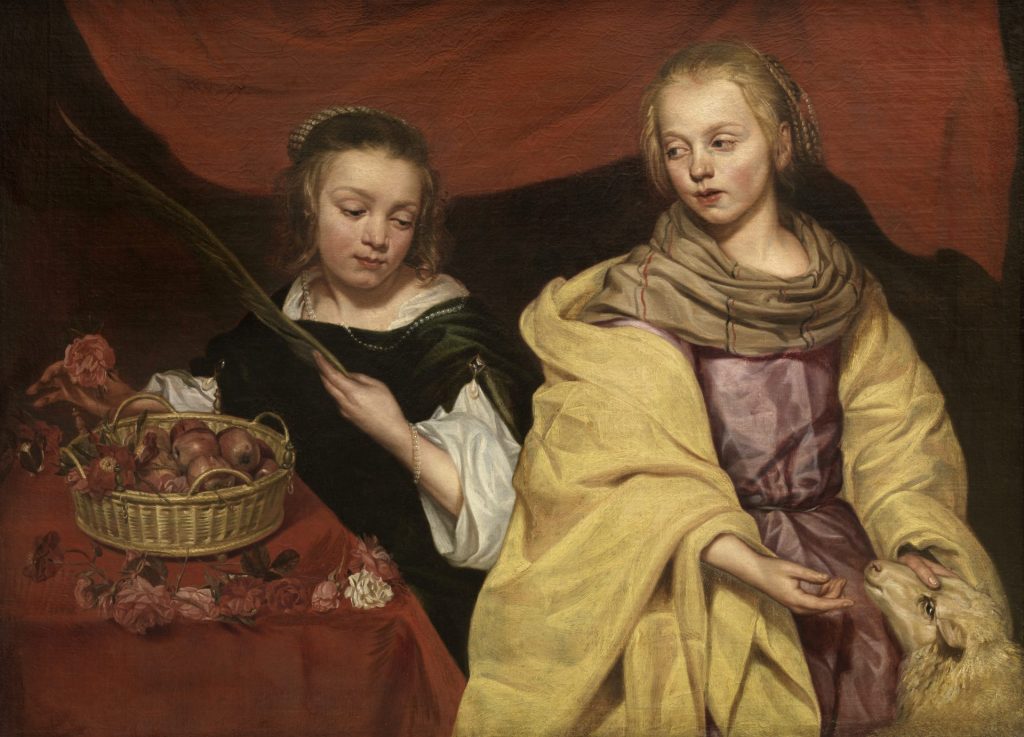
Thus, The Pink Bows, an unsettling and apocalyptic scene from 1937 by the Belgian surrealist Paul Delvaux (1897- 1994), in which the roseate whimsy contrasts with the figures’ and landscape’s deathly greys, is hung next to an altogether more comforting image by Dieric Bouts (1415-75). His Madonna and Child are enfolded in a pink cloak, illustrating the apparently disparate works’ connection through colour.
Says KMSKA’s director, Carmen Willems: “We’ve thought very deeply about how we present the collection. We’ve created this collection not for our viewers but with our viewers.” To demonstrate this, a focus group of 100 citizens recruited from 4,700 applicants have reported on all practical aspects of the visitor experience.
That experience can be demanding. With artworks grouped by themes instead of schools or periods, the visitor in search of a favourite artist must keep their eyes peeled. Power, Redemption, Image, Evil, Heavens and Suffering are among the sections in a collection dominated by religious art. But there is humour, too: a 17th-century tavern scene is deliberately hung askew, as if the drunkard tumbling to the ground had all but knocked the picture off the wall. And the extra display space allows for luxury hanging: Jan van Eyck’s Madonna at the Fountain, with the artist’s inscription, “As well as I can”, measures only about 15cm by 25cm. But it is given an entire wall of its own in the historic galleries with their lush reds and greens. “Nowhere better than here do our Flemish masters come into their own,” says Luk Lemmens, KMSKA chairman. “Nowhere do they feel so at home.”
The Royal Museum of Fine Arts Antwerp, Leopold de Waelplaats 2, 2000 Antwerp, is open daily
Claudia Pritchard is a freelance journalist who writes about the visual arts, opera and classical music


